Getting a new roof involves critical decisions for your home’s protection and longevity. Homeowners often debate whether to overlay asphalt shingles or remove the old ones first. Each option has its pros and cons. Hiring an expert roofing contractor helps you choose the best solution for your needs. With over 25 years of experience, Shield Roofing is San Antonio’s trusted choice, backed by certifications from Owens Corning, GAF, BBB A+, CTRCA, and Directorii. We promise roofs that are “built tough, built to last.”
Understanding Asphalt Shingle Roofing
Asphalt shingles are a cornerstone of residential roofing, offering durability and cost-effectiveness. Many homes, especially in San Antonio, TX, feature shingle roofs due to their adaptability to varying climates. These roofing materials can be installed in layers, contributing to their popularity.
However, whether you are replacing or overlaying shingles, a deep understanding of roofing materials is essential. Knowing what asphalt shingles are and why they are widely favored can aid homeowners in making informed roofing decisions.
What Are Asphalt Shingles?
Asphalt shingles are durable, weather-resistant roofing made from a fiberglass mat coated with asphalt and granules. They are popular for residential roofs due to affordability, easy installation, and diverse styles. Homeowners can choose from various colors and textures, including architectural shingles that offer greater durability than traditional three-tab options. Maintenance is simple, as damaged shingles can be easily repaired or replaced. When installed with proper underlayment, they also provide good fire resistance. Professional installation and regular inspections enhance longevity and performance. Overall, asphalt shingles are a favored choice for their durability, cost-effectiveness, and aesthetic appeal.
Why Asphalt Shingles Are Popular in San Antonio, TX
San Antonio homeowners prefer asphalt shingles for their affordability and performance in hot summers and occasional storms. Beyond functionality, they enhance curb appeal and resale value, especially for older homes. These lightweight yet durable shingles complement traditional structures, making them a reliable and charming choice for homeowners.
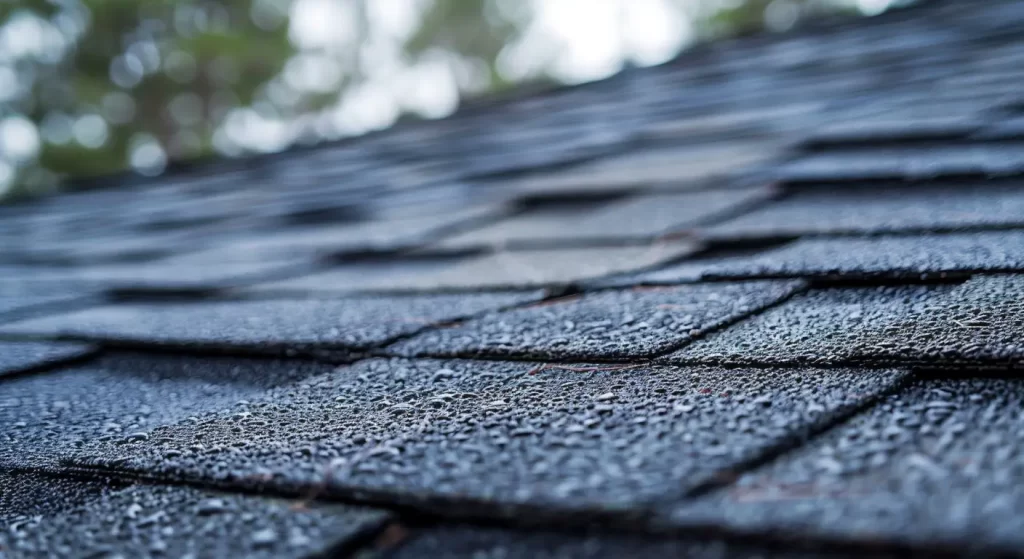
Overlay vs. Tear-Off: The Basics Explained
The choice between overlaying shingles and pursuing a tear-off stems from your roof’s current condition, regional building codes, and budget constraints. Overlay shingles involve adding a new layer over the existing one, which is quicker and less disruptive.
On the other hand, a roof tear-off removes all old shingles, offering a clean slate for a complete roof replacement. Each method has unique implications for costs, warranties, and performance, making a roof tear-off the best option for a complete overhaul. Let’s explore what these two options entail.
What Does It Mean to Overlay Asphalt Shingles?
Overlaying asphalt shingles involves adding a new layer of layers of asphalt shingles directly on an existing roof, saving time and labor by avoiding removal. This method is suitable for homes with structurally sound roofs and only one shingle layer. However, it does not address underlying issues like damaged decking or rot, which can affect long-term performance. While overlaying may reduce upfront costs, local building codes may restrict the number of layers allowed. Additionally, manufacturers often offer limited warranties for roofs with overlays, making it essential to consult roofing professionals to determine eligibility.
What Is a Roof Tear-Off?
A roof tear-off entails removing old shingles and materials down to the deck, creating a clean foundation for a new roof. This labor-intensive process allows contractors to check for structural issues like rot or leaks. Tear-offs enhance roofing longevity and performance while ensuring full warranty coverage with fresh materials, from moisture barriers to outer shingles. Although pricier than overlays, tear-offs tackle underlying problems and extend roof lifespan, making them a worthwhile investment for homeowners prioritizing durability and safety.
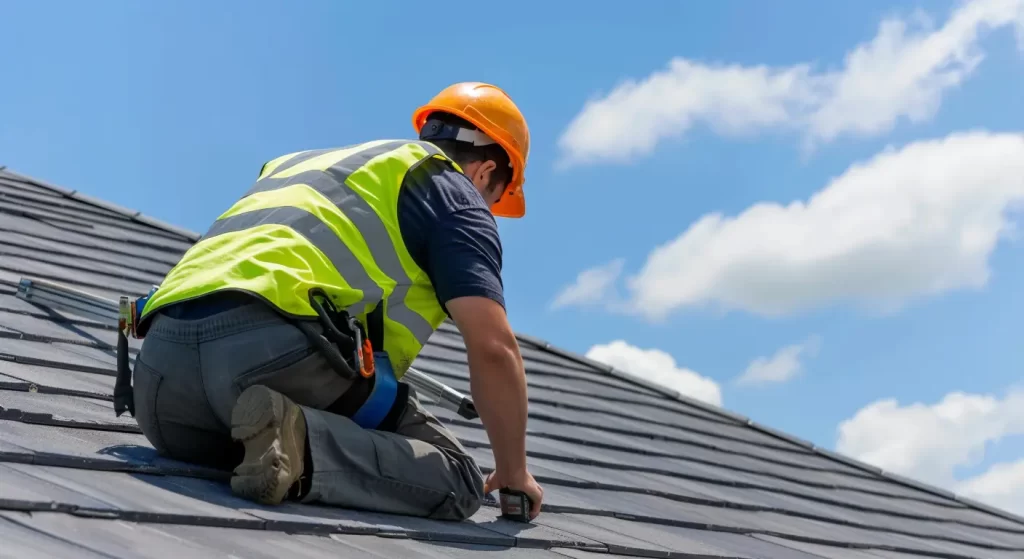
Key Differences Between Overlay and Tear-Off Methods
Overlay and tear-off roofing methods differ drastically in roof installation, cost, and longevity. Overlaying involves layering a new layer of roofing materials and shingles atop the existing roof. It saves labor costs but traps potential issues underneath and adds weight to the structure.
Conversely, tear-offs remove all old roof materials, offering a clean foundation for renewed durability. Though pricier upfront, tear-offs yield better warranties and long-term value for new roofs, especially as roof ages. Let’s explore specific distinctions like installation processes, pricing, and roofing lifespan implications.
Installation Process Comparison
Installing asphalt shingles involves two main methods: overlay and tear-off. An overlay adds a new layer of asphalt shingle roof shingles on top of the existing roof, including options like wood shingles, saving time and labor costs. However, the current roof must be in good condition and compliant with local codes to avoid issues like leaks or structural damage.
In contrast, a tear-off completely removes existing materials, allowing for a thorough inspection and repair of any hidden damage. While this method may incur higher costs and longer labor, it provides a more durable solution that aligns with manufacturer warranties and boosts curb appeal.
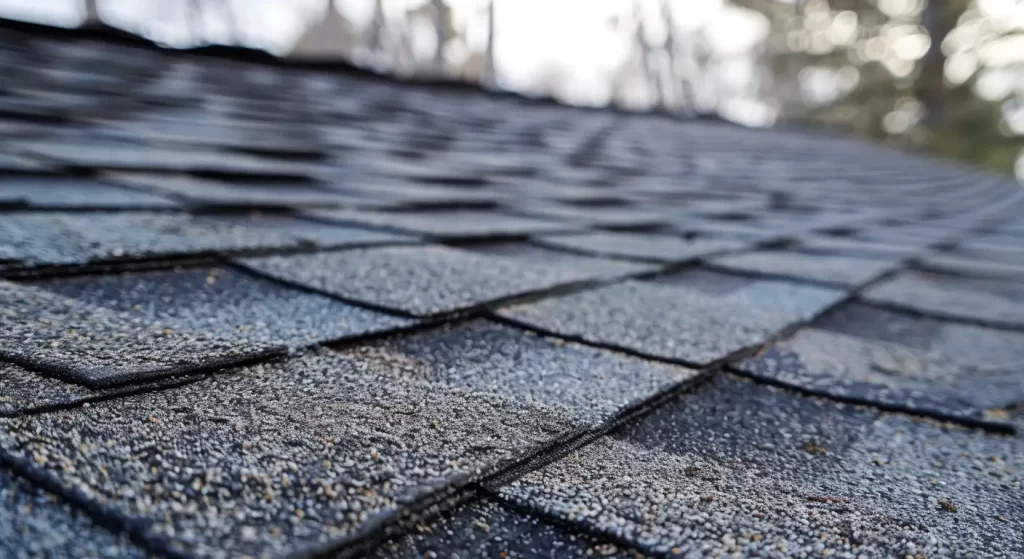
Benefits of Overlaying Asphalt Shingles
Overlaying asphalt shingles presents several advantages that homeowners often find appealing. It enables a cost-effective solution to roofing by reducing upfront labor costs, which is particularly beneficial for those looking to enhance curb appeal without breaking the bank. Moreover, the faster roofing installation process minimizes disruption, allowing occupants to return to their normal routines more swiftly. This method also simplifies the project by avoiding the complete tear-off of old materials, making it a time-efficient choice for homeowners seeking rapid results while maintaining structural integrity.
Lower Upfront Costs
In many roofing projects, the initial financial commitment can be a deciding factor. Opting for a roof overlay of asphalt shingles often results in lower upfront costs compared to a complete tear-off and replacement. In the short term, by adding a new layer, homeowners can save on both material and labor expenses associated with a roof leak, tearing off old shingles and disposing of them. This approach allows for immediate aesthetic enhancement without the burden of extensive renovations, making it a practical choice for those seeking cost-effective solutions for their current roof.
Faster Roofing Installation
Installing new asphalt shingles provides a significant advantage: reduced labor time compared to a full roof replacement. This quick installation means homeowners can enjoy their upgraded roof sooner, minimizing daily disruptions. The efficiency of overlay projects allows contractors to work swiftly, reducing the need for extensive tear-offs. Consequently, projects are completed faster, often resulting in lower labor costs, making it a more attractive option for many homeowners and a good idea for those seeking budget-friendly options.
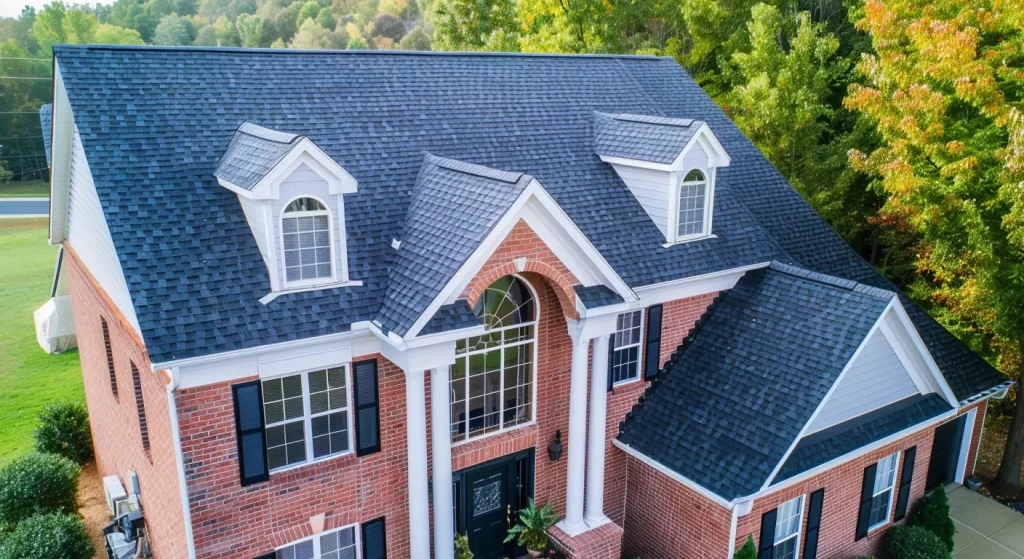
Drawbacks of Overlaying Asphalt Shingles
Opting to overlay asphalt shingles presents several drawbacks that should be carefully considered. A significant concern includes the additional weight imposed on the roof structure, which can lead to potential structural problems if the existing roof is not in good shape. Furthermore, the lifespan of a new layer of roof is often shorter than that of a complete roof replacement, meaning increased costs in the long run. Lastly, warranty options may be limited, affecting the value of your home and the overall assurance of the roofing project.
Added Weight to the Roof Structure
Adding an extra layer of asphalt shingles considerably increases the roof’s weight, potentially causing structural issues, especially in older homes not designed for multiple roofing layers. A thorough evaluation of the roof deck is crucial, as excess weight can worsen existing problems like weakened supports. It’s wise to consult a roofing contractor to assess whether the current roof is suitable for an overlay while prioritizing safety.
Limited Warranty Options
Overlaying asphalt shingles can limit warranty options from manufacturers, typically covering only the top layer. This may complicate issues with underlying materials, leaving roofing contractors and homeowners without protection against defects in the original roof, especially regarding the manufacturer’s warranty. Additionally, not performing a complete tear-off could void existing warranties, making it essential to assess how roofing projects impact overall warranty coverage.
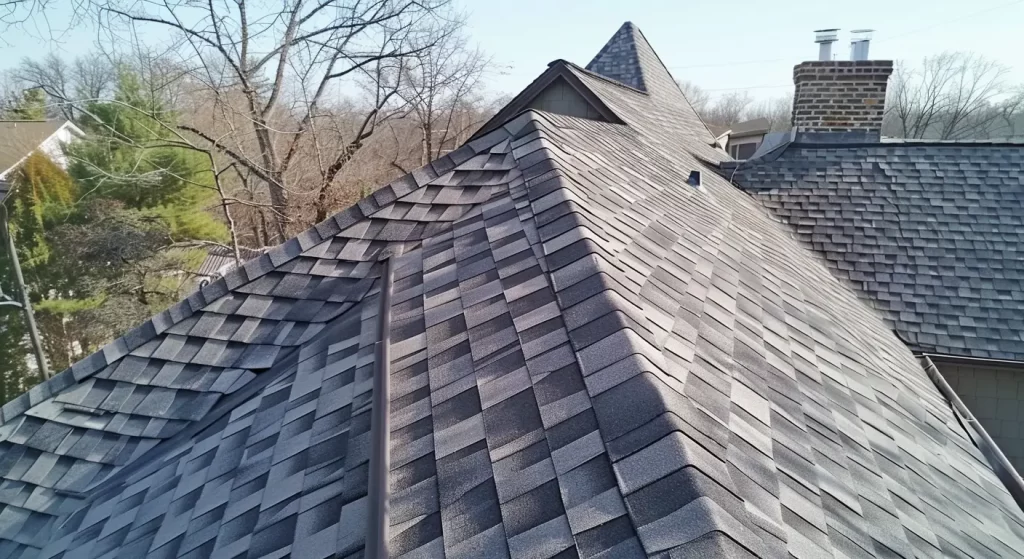
Benefits of Tearing Off Old Shingles First
Removing old shingles before installing new ones offers significant long-term benefits. A thorough roof inspection uncovers underlying issues like rotten wood or structural damage, ensuring the new roof rests on a solid foundation. This process also allows for upgrading to modern materials, enhancing durability and performance. Ultimately, investing in a comprehensive tear-off maximizes roof longevity and protects your home’s value.
Enhanced Longevity and Performance
A complete tear-off investment reveals underlying issues that may affect performance. Removing old shingles allows contractors to assess and reinforce the roof deck, ensuring a strong foundation for new materials. Upgrading to high-quality roofing enhances durability and extends the system’s lifespan. This results in improved weather resistance, maximizing ROI and boosting curb appeal for homeowners.
Situations Where Overlay May Be an Option
Overlaying asphalt shingles can be viable under specific conditions. A roof is suitable for this method if it’s structurally sound and has only one layer of shingles. The condition of your roof is crucial, as multiple layers of shingles can add excessive weight and compromise integrity. Meeting these criteria allows for a new layer while potentially lowering costs and labor compared to a full replacement. Proper assessment is crucial for the right decision.
Only One Existing Layer Present
Minimizing labor costs often makes overlaying asphalt shingles a viable option, especially if the existing roof features only a single layer. This scenario typically indicates a good candidate for a roof recovery project, as it reduces the overall weight added to the structure, thereby mitigating potential issues with the roof deck. Furthermore, maintaining just one layer can simplify installation and yield favorable results without compromising the integrity of your roofing system, provided the existing shingles are in good shape and meet local building codes.
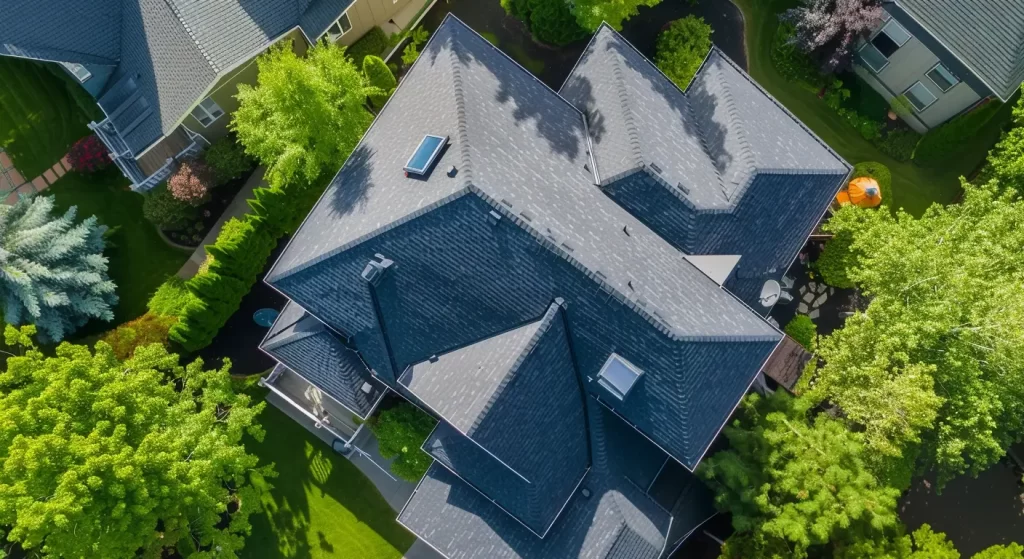
When Is Tear-Off Required or Recommended?
Tear-off is recommended when damaged or curled shingles compromise the roof’s integrity and require replacement. Additionally, local building codes or manufacturer guidelines might necessitate a complete removal of existing layers to ensure proper installation and warranty coverage.
Presence of Damaged or Curled Shingles
Undetected issues like damaged or curled shingles can jeopardize your roof’s integrity, leading to leaks and further deterioration. Identifying these concerns during a thorough inspection is essential. A complete tear-off not only resolves immediate problems but also enables a comprehensive assessment of roofing materials. By removing damaged shingles, homeowners create a secure foundation for new materials, extending the roof’s longevity.
Local Building Codes and Manufacturer Guidelines
Compliance with local building codes and manufacturer guidelines is essential for roofing projects. These regulations dictate the permissible number of layers of roofing materials, affecting safety and structural integrity. For example, some codes may limit overlays if the existing roof has underlying issues. Following manufacturer guidelines also ensures warranty validity on new shingles, protecting your investment. Prioritizing these factors enhances roof longevity, adds home value, and boosts curb appeal.
Let’s Make It Happen
In summary, choosing between overlaying asphalt shingles or a complete tear-off depends on the existing roof’s condition and local building codes. Overlaying can be cost-effective and quicker but may increase weight and shorten the roof’s lifespan. A thorough inspection by a qualified roofing contractor will help ensure that your choice supports long-term performance and home value. Making an informed decision is crucial for optimal results.
Read our blog: Top Questions to Ask Before Hiring a Roofing Contractor
Frequently Asked Questions
Can you reroof over existing asphalt shingles?
Reroofing over an existing roof covering of asphalt shingles can save time and save less money if the roof structure is sound and has only one layer. Benefits include lower labor costs and quicker completion compared to a full tear-off. However, adding layers may exceed load capacity and conceal issues like water damage, leading to future problems. Consult a professional roofing contractor to assess your roof’s condition and recommend the best approach.
What is one of the drawbacks to adding a second layer of roofing over the first?
One significant drawback of adding a second layer of roofing is the added weight to the roof structure. This additional load can strain the underlying framework, potentially leading to structural issues and increasing the risk of damage during severe weather events.
